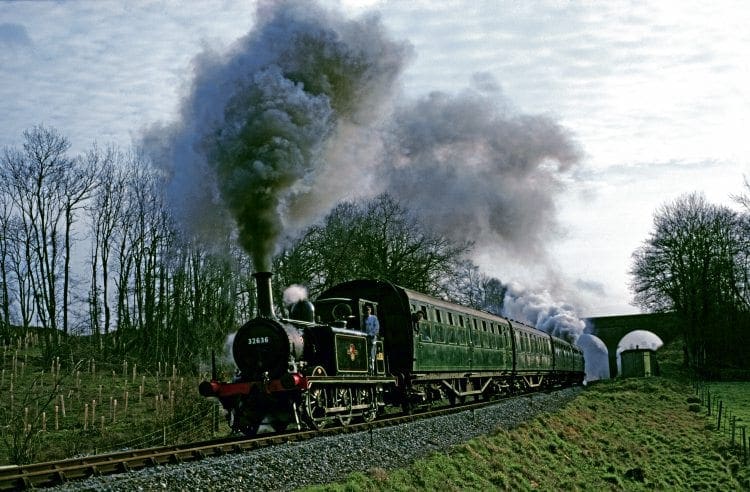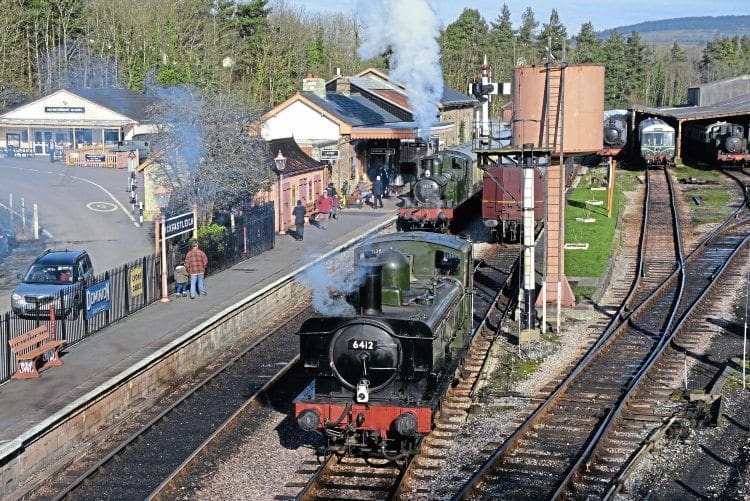Fifty years ago, there was only one standard gauge preserved railway running timetabled steam services and time was running out to save any more main line steam engines for posterity. Brian Sharpe pays tribute to the steam engines purchased from BR during the 1960s to carry on steaming in the first wave of heritage railways to be opened.

Many of Britain’s premier league steam engines belong to the National Collection and our heritage lines now rely largely on engines obtained from a well known Welsh scrap merchant. But there is an often-overlooked first division of over 100 locomotives that were purchased from British Railways 50 or more years ago and most of these were always intended for ongoing active service. This collection of engines could never have sustained the quantity and variety of heritage lines we now take for granted but nevertheless they have formed the backbone of steam preservation even after their numbers were swelled dramatically from the 1970s onwards, enabling the preservation movement to expand in the way it did.
There are now 32 standard gauge heritage railways in Britain which regularly operate ex-main line steam locomotives. Fifty years ago, as BR steam traction was in its last 12 months, steam engines were being purchased for preservation mainly with the intention that they would be used on one of the preserved railways, all but one of which were only at the planning stage in 1967. The Bluebell Railway had been operating since 1960 but only the Keighley & Worth Valley and Dart Valley railways were close to reopening.
Enjoy more Heritage Railway reading in the four-weekly magazine.
Click here to subscribe & save.

By the time BR steam ended and the supply of steam engines dried up, 111 main line steam engines had been saved privately, 94 of which appeared to have a prospect of an early return to steam.
There were other engines of course. Apart from those in the National Collection, some privately-owned engines were bought for permanent static display and a handful were even exported overseas. All these however were expected to remain on permanent static display or overseas.
Ninety-four nominally active engines would give the present-day ‘main line’ heritage railways an average of around three main line steam engines each, of which two would probably be under overhaul at any one time.
Read more in Issue 231 of HR – on sale now!
Advert
 Enjoy more Heritage Railway reading in the four-weekly magazine. Click here to subscribe.
Enjoy more Heritage Railway reading in the four-weekly magazine. Click here to subscribe.











